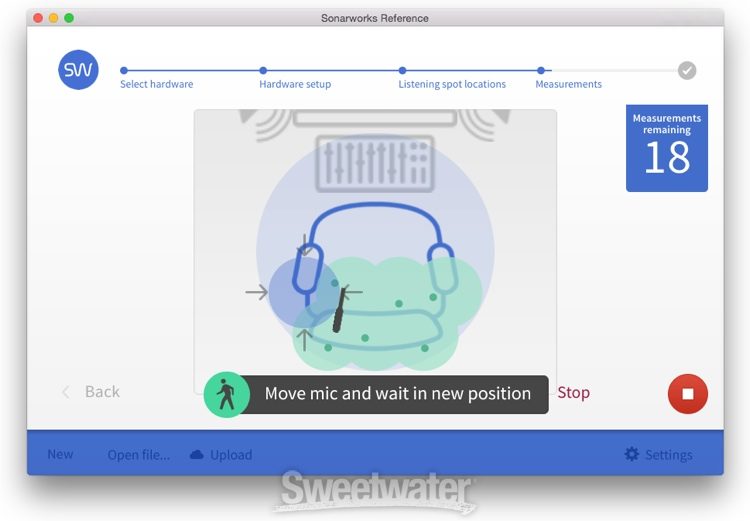

It takes around 20 minutes to complete, and the software generates various test signals through your monitoring system that the measurement microphone then captures from over 30 locations around your usual listening position. As before, you are guided through every step of the process with graphics akin to those of a well‑known Swedish furniture supplier. Flat Pack Soundįor users of the ‘Speakers and Headphones’ edition of SoundID Reference, the separate Measure app allows you to perform the initial assessment of your monitors and room environment. Finally, it’s also worth noting that software licensing has been streamlined and is now dealt with directly through the app. The equally useful mono toggle button has been moved to sit alongside this. Usefully, an option to swap the left/right channels has been added underneath the main in/out meters. The range of standard headphone calibration profiles remains impressive and, if your headphones are not currently represented, the individual calibration service starts at €149. Sonarworks have established an impressive collection of standard calibration curves for popular makes and models of headphones.For music creators, the Reference components of the new release include a modest refresh of the UI, the addition of a dark mode, an option to resize the desktop app (also coming to the plug‑in soon apparently), improvements to the preset management system and a slicker headphone profile selection/download process. I’ll come back to this element of the package - and its significance - later, but it represents an ambitious and interesting step in tackling the ‘mix translation’ issue that’s aimed at music consumers but that ought to be welcomed by the music creators. However, the SoundID addition to the software’s branding addresses a new element to the Sonarworks’ mission that is aimed primarily at consumers of music. Well, in reality, it is, and the software version for both the Systemwide app and the plug‑in both show v5.x.Īs described below, the new release brings some very useful additions to the feature set that many music creators will welcome. For users of Reference 4, perhaps the most obvious question with this release is ‘why isn’t this Reference 5?’. Sonarworks have now released the next iteration of their Reference software but it comes with a name change, to SoundID Reference. For very many music creators, whether in a commercial studio or working on a laptop in their bedroom, it has been a game‑changer. The concept is simple enough, but the execution of Reference is both clever and very polished. In essence, it sits a custom EQ frequency curve between your audio output (from your DAW or music playback software) and your monitoring system (headphones or speakers) to adjust the actual frequency response of the monitoring system and get it as close as possible to ‘flat’. Thankfully, software such as Sonarworks Reference can make it easier to work around the limitations of your monitoring environment. This can be problematic when it comes to creating mixes that will have the best chance of translating to consumer playback systems. However, any mixing environment can still colour your sound, sometimes in a pretty extreme fashion. Buying the best headphones or studio monitors you can afford is an obvious start, and adding suitable acoustic treatment to your listening environment is a further crucial step.

It’s also something that can be difficult to achieve.

Sonarworks’ SoundID aims to solve the problem of mix translation from the consumer end too.Īn accurate monitoring system is a crucial part of any music production system. So far, monitor and headphone calibration systems have targeted music makers exclusively.


 0 kommentar(er)
0 kommentar(er)
